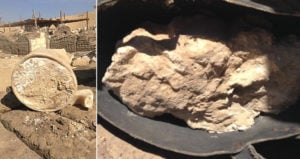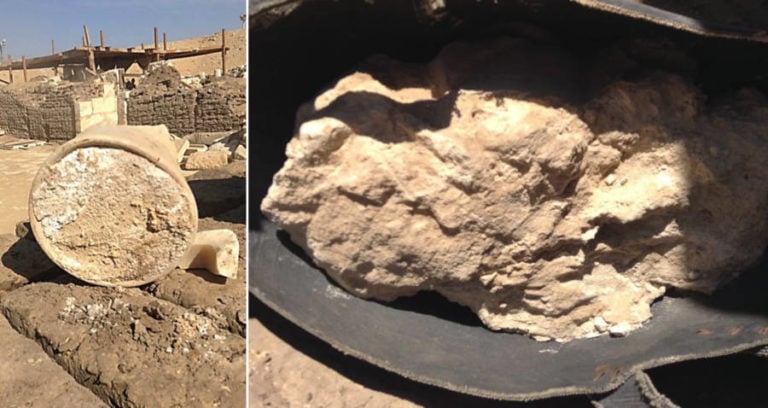Weird News
While everything from new legislation and climate change to social media fiascos and celebrity gossip make headlines, plenty of other weird news stories from around the world can easily slip through the cracks. And from crazy crimes to astounding animals to weird science, All That’s Interesting has the internet’s best collection of today’s odd and strange news.
In the realm of outrageous crimes, weird news stories abound. Whether it’s arson and attempted murder inspired by Slender Man, a guy who attempted to barbecue child molesters, or all things Florida Man, some of today’s strangest news features those who run afoul of the law.
As for the world of unusual animal stories, new discoveries continue to show us how strange mother nature can be — and how unforgiving me she can be to unlucky and just plain stupid humans who don’t respect her. Strange news stories like the reports of killer whales murdering — and bizarrely mutilating — great white sharks, the Indonesian woman who was swallowed whole by a 23-foot-python, or any number of unidentifiable creatures that wash up on Earth’s beaches are just the tip of the iceberg.
And no collection of today’s weirdest news reports could ever be complete without a healthy helping of science news and a dash of archaeology. From NASA’s discoveries about how astronauts get taller in space to historical researchers suggesting that Jesus may have performed his miracles with cannabis oil, today’s weirdest science news stories are unlocking the bizarre mysteries of our world past and present.
Our weird world is indeed filled with some truly odd news stories. This is the place to catch up on the weirdest of the weird.



















